I wrote recently about a yield problem which mobile vendors have been finding for devices built in advanced technologies. This was a performance issue (the devices worked fine at lower clock speeds), pointing to a discrepancy in some devices between predicted and observed timing. These were experienced design teams, using state… Read More
imec and Cadence on 3nm
One of the more frequent questions I get, “What is next after FinFETs?” is finally getting answered. Thankfully I am surrounded by experts in the process technology field including Scotten Jones of IC Knowledge. I am also surrounded by design enablement experts so I really am the man in the middle which brings us to a discussion between… Read More
Intel 10nm Yield Issues
On their first quarter earnings call Intel announced that volume production of 10nm has been moved from the second half of 2018 to 2019 due to yield issues. Specifically, they are shipping 10nm in low volume now, but yield improvement has been slower than anticipated. They report that they understand the yield issues but that improvements… Read More
Monitoring Process, Voltage and Temperature in SoCs, webinar recap
Have you ever wondered how process variation, thermal self-heating and Vdd levels affect the timing and yield of your SoC design? If you’re clock specification calls for 3GHz, while your silicon is only yielding at 2.4GHz, then you have a big problem on your hands. Such are the concerns of many modern day chip designers. To… Read More
Sometimes a Solver is a Suitable Solution
Traditional, rule based, RC extractors rely on a substantial base of assumptions, which are increasingly proving unreliable. Having accurate RC extraction results for parasitic R’s and C’s is extremely important for ensuring proper circuit operation and for optimizing performance and power. Advanced process nodes are making… Read More
A New Problem for High-Performance Mobile
About 6 months ago, ANSYS was approached by a couple of leading mobile platform vendors/suppliers with a challenging problem. These companies were hitting target 2.5GHz performance goals on their (N10 or N7) application processors, but getting about 10% lower yield than expected, which they attributed to performance failures.… Read More
FlexE at SoC IP Days with Open Silicon
On Thursday April 5th the Design and Reuse SoC IP days continues in Santa Clara at the Hyatt Regency (my favorite hangout). SemiWiki is a co-sponsor and I am Chairman of the IP Security Track. More than 400 people have registered thus far and I expect a big turnout, if you look at the program you will see why. You should also know that registration… Read More
Free Webinar: Silvaco 3D Solver Based Extraction for Device and Circuit Designers
Designers spend a lot of time looking at their layouts in 2D. This is done naturally because viewing in 2D is faster and simpler than in 3D. It helps that humans are good at extrapolating from 2D to 3D. Analysis software, such as extraction software also spend a lot of time looking at layouts in 2D. While this is fine for approximate results,… Read More
Robust Reliability Verification – A Critical Addition To Baseline Checks
Design process retargeting is acommon recurrence based on scaling orBOM(Bill-Of-Material) cost improvement needs. This occursnot only with the availability of foundry process refresh to a more advanced node,but also to any new derivative process node tailored towards matching design complexity, power profile or reliability… Read More
CEO Interview: Rene Donkers of Fractal Technologies
We (SemiWiki) have been working with Fractal for close to five years now publishing 25 blogs that have garnered more than 100,000 views. Generally speaking QA people are seen as the unsung heroes of EDA since the only time you really hear about them is when something goes wrong and a tapeout is delayed or a chip is respun.
FinFETs really… Read More





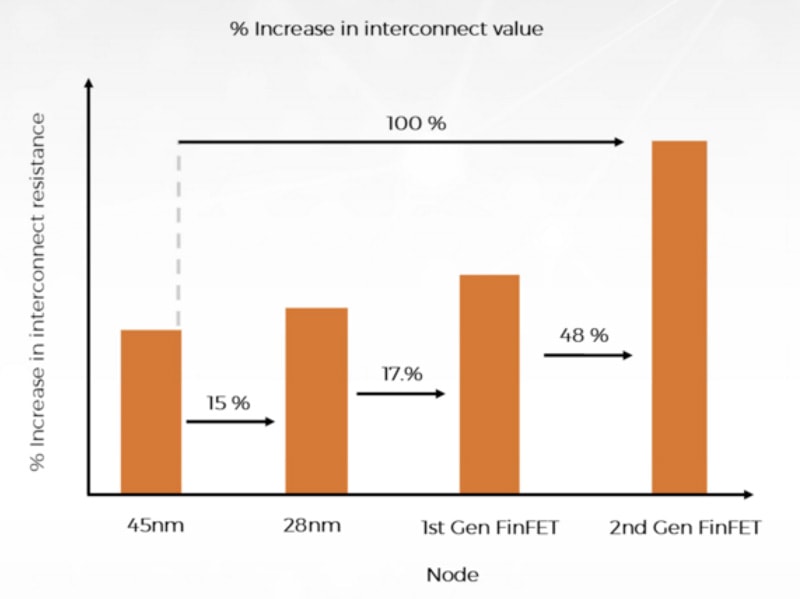
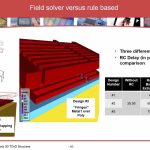
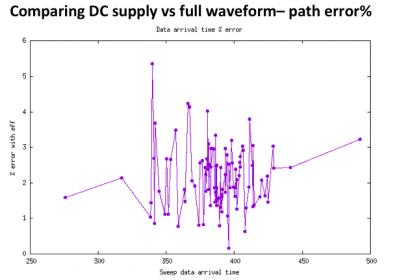

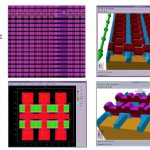
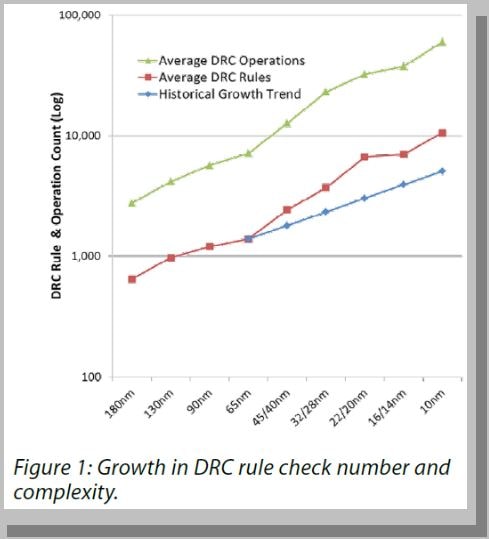

The Quantum Threat: Why Industrial Control Systems Must Be Ready and How PQShield Is Leading the Defense